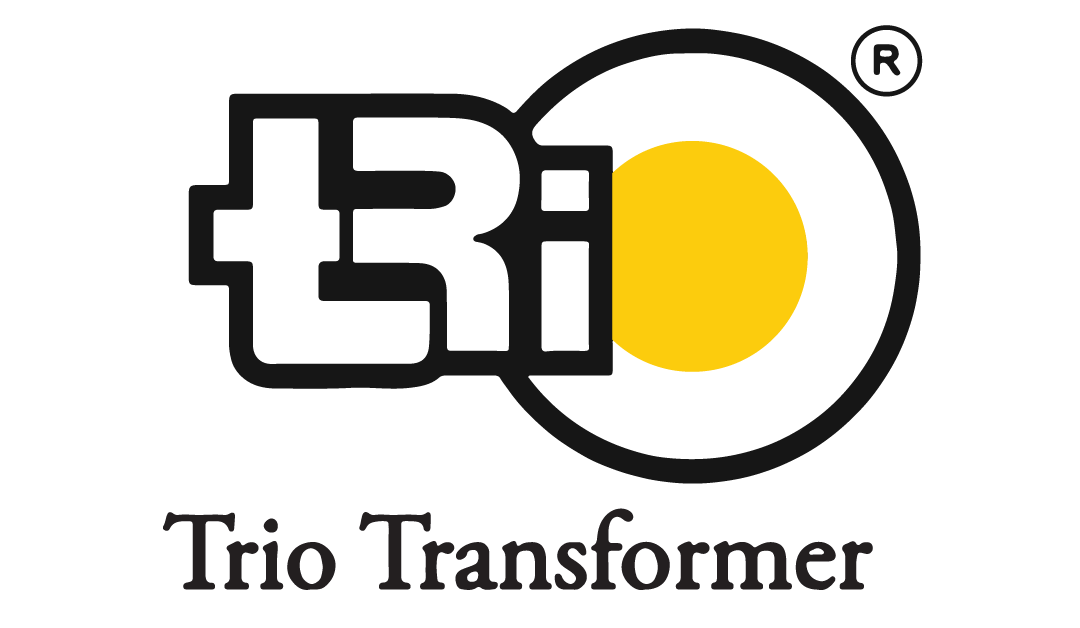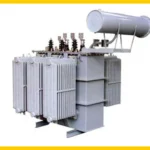Simplified Understanding of Current Transformers
Know how current transformers operate in electrical networks; making measurements of high currents less hazardous and easier.
Current transformers (CTs) are integral components in power systems, playing a crucial role in monitoring and controlling electrical currents. Although they may appear complex, understanding their basics, functionality, and applications can help demystify their importance in electrical engineering. This blog aims to provide a simplified understanding of current transformers by discussing what they are, their uses, advantages, how they work, their maintenance, and factors to consider when selecting them.
What is a Current Transformer?
A Current Transformer (CT) is a device used to measure alternating current (AC) in electrical circuits. Essentially, it steps down high current levels to a manageable, lower level that can be easily monitored and controlled by other instruments, like ammeters, protective relays, or metering devices.
Current transformers are widely used in power transmission and distribution systems, industrial equipment, and various electrical installations. They allow accurate measurement of current without directly exposing measuring instruments to high voltage and dangerous current levels. Typically, CTs consist of a core, windings, and insulation. The primary winding carries the current being measured, while the secondary winding is connected to measuring or protective equipment.
Uses of Current Transformers
Current transformers are versatile and have a wide range of applications, particularly in power systems. Below are some common uses:
#1. Protection
CTs are widely used in protective relays to sense abnormal conditions like short circuits, overloads, or ground faults. By reducing the current to safe levels, they help prevent damage to equipment and ensure the safety of the system.
#2. Metering and Monitoring
In commercial and industrial power systems, CTs measure electrical currents to monitor energy usage, load balancing, and system performance. They provide accurate data to power meters, ensuring efficient energy management.
#3. Isolation
CTs isolate measuring instruments from high-voltage circuits, minimizing the risk of electrical hazards. This is essential in environments with high voltages where direct measurements would be unsafe.
#4. Testing
CTs are often used in electrical testing, particularly in checking circuit behavior under different current conditions. This is useful for research and development, as well as quality assurance in electrical systems.
#5. Fault Detection
Detecting faults in an electrical system early is crucial for maintaining reliability. CTs work with protective relays to sense abnormal currents and initiate corrective actions, preventing costly breakdowns or accidents.
Advantages of Current Transformers
Current transformers offer several advantages, making them essential components in various electrical systems. These include:
#1. Accuracy
CTs provide highly accurate current measurements, which are crucial for both metering and protection purposes. This precision ensures that equipment operates efficiently and faults are detected promptly.
#2. Safety
Since CTs step down high currents to manageable levels, they allow for safe monitoring and measurement without directly handling high-voltage circuits.
#3. Cost Efficiency
CTs enable the use of lower-cost measuring instruments by reducing the current to a level that standard meters can handle. This reduces the need for expensive equipment in high-current applications.
#4. Versatility
CTs are adaptable and can be used in various applications, from metering to protection, making them a go-to solution for different types of electrical systems.
#5. Compact Size
Despite handling high currents, current transformers are relatively compact, allowing them to be easily integrated into electrical panels and systems without taking up much space.
#6. Durability
CTs are typically built with robust materials and insulated for protection, which enhances their longevity and reduces the need for frequent replacements.
How a Current Transformer Works
Understanding how a current transformer works can help simplify its design and purpose. Essentially, CTs operate on the principle of electromagnetic induction, much like a standard transformer. Below is a breakdown of how it functions:
#1. Primary Winding
The current transformer’s primary winding is connected in series with the circuit that needs current measurement. The primary winding usually has fewer turns, and the current flowing through it is the same as the current flowing in the circuit.
#2. Magnetic Core
The core of the CT is made from a material with high magnetic permeability, such as laminated silicon steel. When the primary current flows through the winding, it creates a magnetic field in the core.
#3. Secondary Winding
The secondary winding is connected to measuring or protective devices. This winding has more turns than the primary winding, and the current flowing through the secondary is proportional to the primary current, but at a reduced level. The secondary current is inversely proportional to the number of turns in the secondary winding compared to the primary winding.
#4. Current Transformation
The CT reduces the current flowing through the primary winding to a much smaller value, which can be safely measured by the secondary side instruments. The secondary current is typically in the range of 1A to 5A, even when the primary current is in the hundreds or thousands of amperes.
#5. Magnetic Flux and Voltage
The magnetic flux generated by the primary current induces a corresponding voltage in the secondary winding, which creates the current in the secondary circuit. This allows measuring devices to accurately reflect the current level in the primary circuit.
Maintenance of Current Transformers
While current transformers are generally low-maintenance devices, periodic checks and preventive measures are crucial for ensuring optimal performance and longevity. Here are some key maintenance practices:
#1. Visual Inspection
Regularly inspect the CTs for signs of wear and tear, such as insulation damage, loose connections, or corrosion. Ensure that the terminals and connections are secure and free from debris.
#2. Cleaning
Dust and dirt can accumulate on the CT’s surface, particularly in industrial environments. Clean the external surfaces regularly to prevent contamination, which may affect performance.
#3. Testing
Perform routine tests, such as insulation resistance tests, to ensure that the CT is functioning correctly. Any deviation from expected values may indicate the need for repairs or replacements.
#4. Calibration
Over time, CTs can drift from their original calibration, leading to inaccurate measurements. Regular recalibration is essential to maintain accuracy, especially in metering applications.
#5. Monitor Load Conditions
Ensure that the CT is operating within its rated capacity. Overloading the CT can cause it to overheat, leading to insulation breakdown or even failure.
Factors to Consider While Selecting a Current Transformer
Choosing the right current transformer for your application is vital for ensuring both accuracy and safety. Here are several factors to consider when selecting a CT:
#1. Current Rating
The CT must be selected based on the maximum current expected in the circuit. Choosing the right current rating ensures the CT operates efficiently without overloading.
#2. Accuracy Class
Different applications require varying levels of accuracy. For metering, precision is essential, so a CT with a higher accuracy class should be selected. For protection, a slightly lower accuracy class may suffice.
#3. Burden
The burden is the total impedance (resistance and inductance) of the measuring devices connected to the CT. Ensure that the CT can handle the burden without affecting performance.
#4. Insulation Level
Depending on the operating voltage of the system, the insulation level of the CT should be selected accordingly. Proper insulation ensures safety and long-term reliability.
#5. Core Material
The core material plays a significant role in the CT’s efficiency. Materials with higher magnetic permeability, like silicon steel, are preferable for high-performance CTs.
#6. Size and Installation
Ensure the CT fits in the available space and that its installation method aligns with your system’s design.
#7. Environmental Factors
Consider the environmental conditions where the CT will be installed. Factors such as temperature, humidity, and exposure to corrosive elements can affect the CT’s performance.
#8. Compliance with Standards
Always select CTs that comply with relevant national or international standards for quality, safety, and performance, such as IEC or ANSI.
Current transformers are indispensable in electrical systems, allowing for safe and accurate current measurement and protection. Their applications range from metering and monitoring to providing isolation and enabling fault detection. By understanding how CTs work, their advantages, and how to maintain and select them, one can ensure their efficient use in power systems. When choosing a CT, always consider factors like current rating, accuracy, burden, and environmental conditions to achieve the best performance and longevity from the device.



